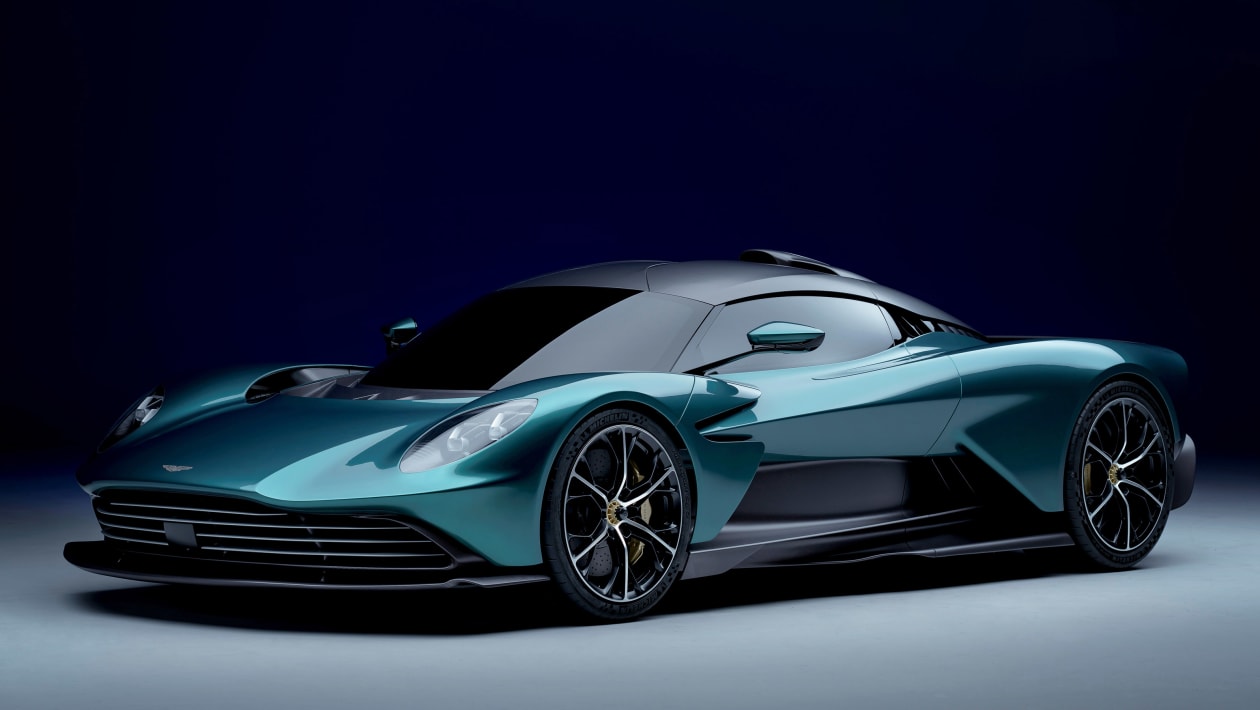
The new Aston Martin Valhalla supercar has been unveiled, together with full specifications for what is the first series production mid-engined road car in the brand’s 108-year history.
Claimed to be “an extraordinary, truly driver-focused mid-engined hybrid supercar”, the Valhalla has evolved from the initial 2019 concept to a road-ready production model and will define a new era for Aston Martin.
Aston Martin Valhalla: powertrain, performance and range
The Valhalla is the first car to be revealed as part of the brand’s transformational plan and key to that is the car’s plug-in hybrid powertrain. As Automotive Daily recently reported, the Valhalla concept’s in-house V6 has been scrapped in favour of what Aston describes as a bespoke 4.0-litre twin-turbo V8 engine with a flat-plane crankshaft. The new engine produces 550kW on its own, revs to 7,200rpm and breathes through a top-exit lightweight active exhaust system.
It’s joined by a pair of electric motors – one on the front axle and one on the rear – which add a further 150kW for a total combined output of 700kW. The engine is mated to an all-new eight-speed dual-clutch automatic transmission (another first for Aston, which will be used on future models) sending power to the rear wheels through an electronically controlled limited-slip differential.
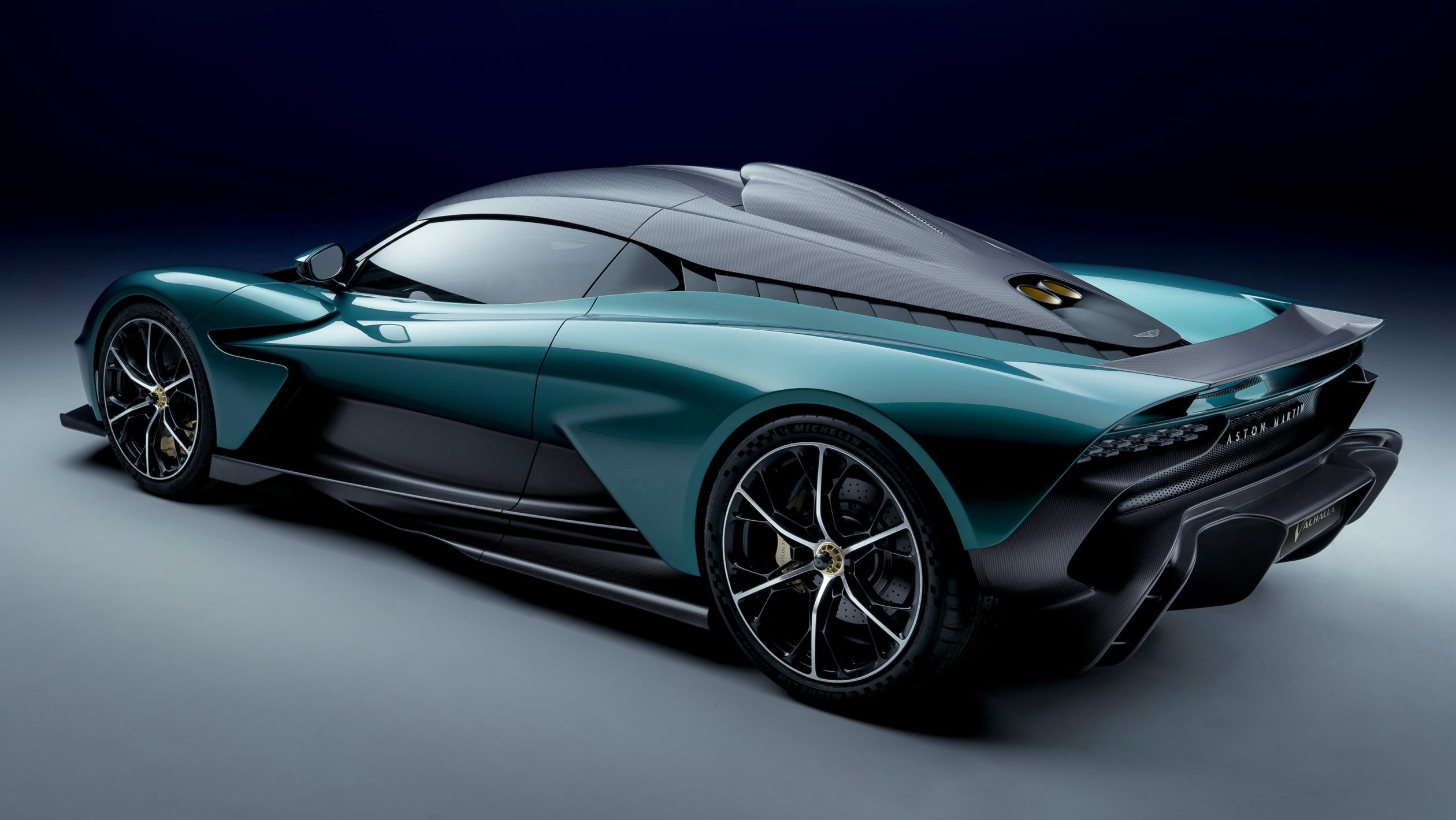 The car’s rear electric motor and V8 petrol unit can run separate gears in the new transmission, which allows for a maximum torque output of 1,000Nm, according to Aston Martin. Thanks to the added traction the Valhalla’s four-wheel drive capability brings, the 0-100km/h sprint takes a claimed 2.5 seconds, while the car will hit a top speed of 350km/h. Aston is also targeting a Nurburgring lap time of 6:30.
The car’s rear electric motor and V8 petrol unit can run separate gears in the new transmission, which allows for a maximum torque output of 1,000Nm, according to Aston Martin. Thanks to the added traction the Valhalla’s four-wheel drive capability brings, the 0-100km/h sprint takes a claimed 2.5 seconds, while the car will hit a top speed of 350km/h. Aston is also targeting a Nurburgring lap time of 6:30.
In zero-emissions EV mode the car only uses its front-mounted electric motor and can hit a top speed of 80mph, while electric-only range stands at a claimed nine miles. The Valhalla also boasts an e-reverse gear, using electricity only when reversing to help save weight in the transmission.
In other modes, power from the 400V electrical system (Aston is yet to confirm the Valhalla’s battery size) is split between both electric drive units and varies depending on driving conditions. However, up to 100 per cent of the electrical power available can be sent to the rear-mounted motor under certain circumstances.
 Aston Martin Valhalla: chassis, aerodynamics and design
Aston Martin Valhalla: chassis, aerodynamics and design
The Valhalla’s new chassis is as advanced as its powertrain, constructed from carbon fibre for maximum stiffness and as low a kerbweight as possible; Aston is targeting a dry weight of less than 1,550kg for the Valhalla.
F1-style double wishbone pushrod suspension features at the front with inboard springs and dampers and is joined by a multi-link layout at the rear. The suspension set-up uses what Aston calls “Multimatic Variable Spring Rates and Adaptive Spool Valve Damper units” giving adaptive capability to balance ride comfort and handling performance on road and track.
The power steering is electrically assisted, while the Valhalla’s Carbon Ceramic Matrix brakes use brake-by-wire technology, just as in F1. They sit behind 20-inch alloy wheels at the front and 21-inch rims at the rear, which come fitted with bespoke Michelin tyres.
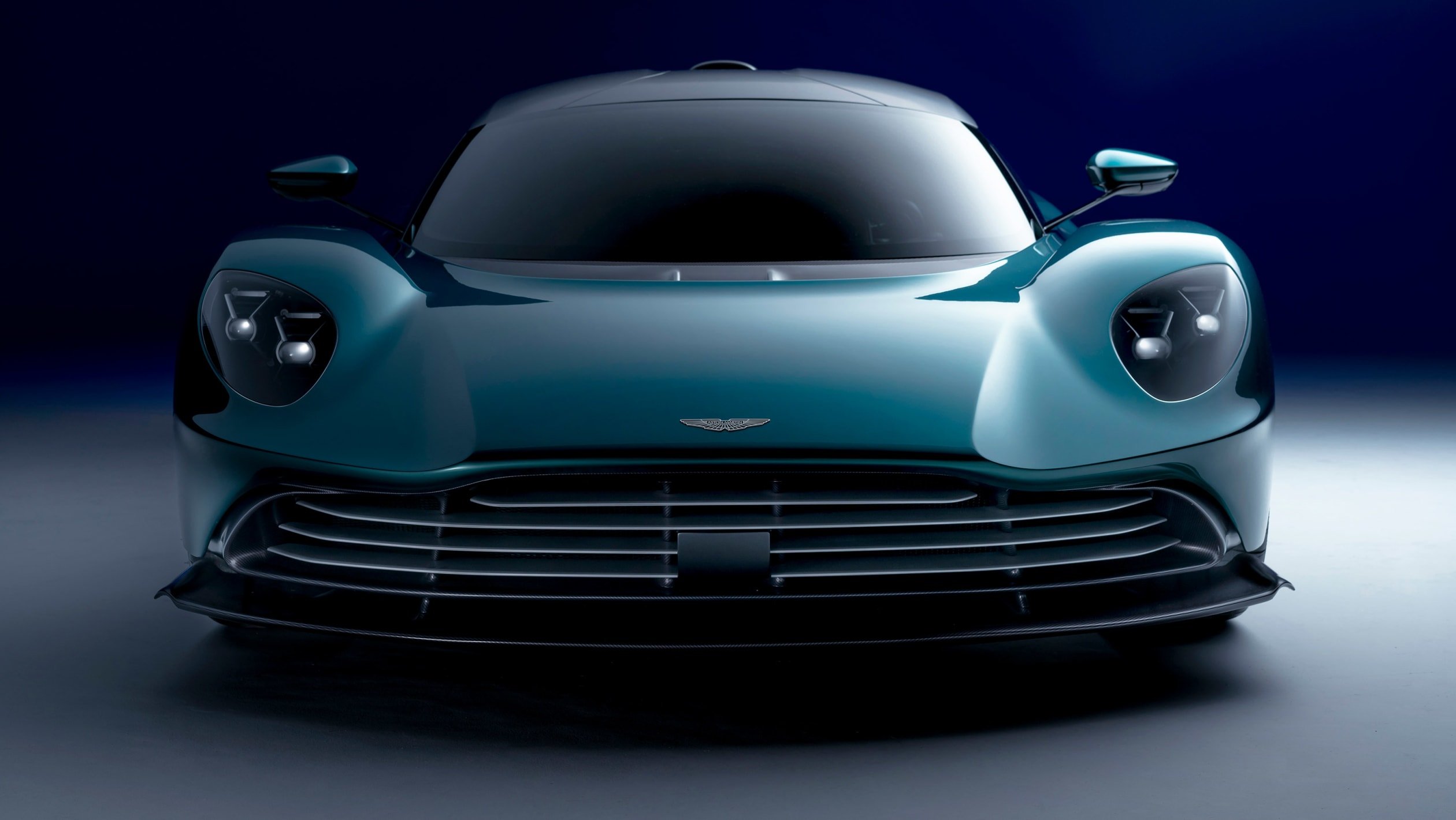 There is a Track mode for the chassis which firms up the dampers and drops the ride height “dramatically” according to the brand, working with the Valhalla’s aerodynamic package to help improve downforce and therefore grip. The British brand claims its new supercar produces 600kg of downforce at 240km/h.
There is a Track mode for the chassis which firms up the dampers and drops the ride height “dramatically” according to the brand, working with the Valhalla’s aerodynamic package to help improve downforce and therefore grip. The British brand claims its new supercar produces 600kg of downforce at 240km/h.
Active aerodynamics also feature, inspired by the brand’s Valkyrie hypercar (itself using many technologies derived from F1), with adjustable front surfaces and a deployable rear wing. However, there is no large fixed rear spoiler – underbody Venturis help to deliver aerodynamic grip instead. A central roof scoop between the dihedral doors’ hinges feeds air into the V8’s airbox.
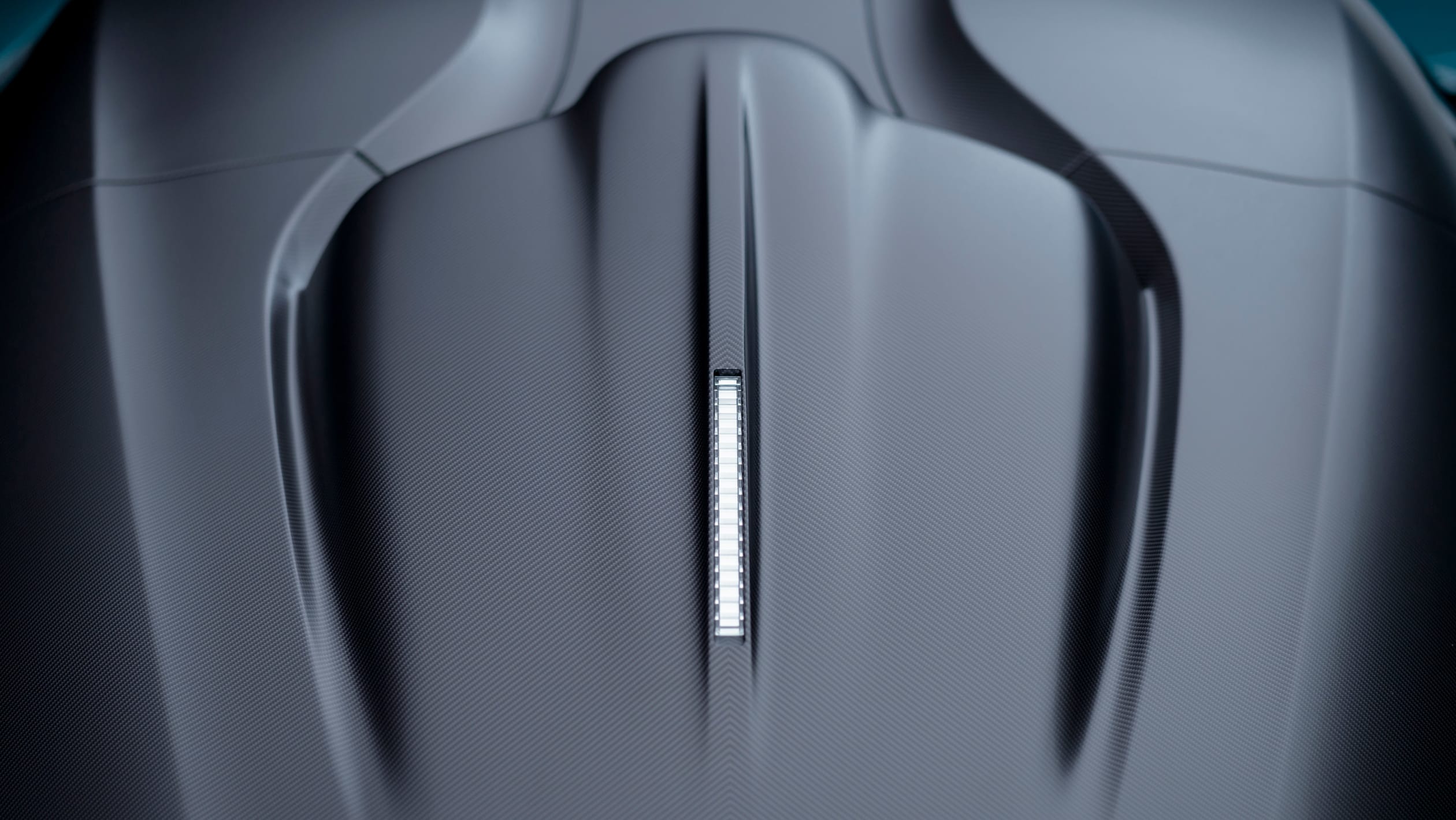 According to Aston Martin’s Chief Creative Officer, Marek Reichman, “When we created the Valhalla concept we were keen to emphasise the design legacy of the Aston Martin Valkyrie and that intent remains unchanged, but the execution has evolved considerably in order to reach production of this all-new car.
According to Aston Martin’s Chief Creative Officer, Marek Reichman, “When we created the Valhalla concept we were keen to emphasise the design legacy of the Aston Martin Valkyrie and that intent remains unchanged, but the execution has evolved considerably in order to reach production of this all-new car.
“Though the legacy of Valkyrie is clear, Valhalla is now a more mature, fully resolved piece of design. One which combines the pure aerodynamic function you would expect from a marque competing in Formula One together with the beautiful form, striking proportions and exemplary detailing for which Aston Martin is renowned.”
 Aston Martin Valhalla: interior and technology
Aston Martin Valhalla: interior and technology
Aston Martin hasn’t yet revealed any images of the Valhalla’s interior, but it has confirmed that the new supercar will offer more cockpit room than the more cramped and more performance-focused Valkyrie.
The cabin will still be focused around the driver and will feature a new central touchscreen display that integrates Apple CarPlay and Android Auto connectivity. The seats won’t be adjustable – instead, the wheels and pedals will move to ensure the driver can find their optimum position. Like the Valkyrie – and an F1 car – the Valhalla’s footwells will be raised up higher than normal, which helps to lower frontal area and boost aerodynamic performance.
Standard-fit equipment includes adaptive matrix LED headlights, dual-zone air-conditioning and driver assistance systems including autonomous emergency braking, forward collision warning, active cruise control, blind-spot monitoring and a rear-view camera with an around-view optional extra available.
Commenting on the unveiling of the Valhalla, Executive Chairman Lawrence Stroll said: “Aston Martin’s first series production mid-engined supercar, Valhalla is a truly transformational moment for this ultra-luxury brand. The launch of Valhalla demonstrates Aston Martin’s commitment to building a range of exceptional mid-engined driver focused cars, a crucial next stage in the expansion of our product line-up.
“It also seemed fitting to unveil this stunning track-biased supercar at the home of motorsport and the home of the Aston Martin Cognizant Formula One Team and marks Aston Martin’s return to the British Grand Prix for the first time in over 60 years, a true milestone.”
Pricing for the Valhalla has not yet been announced, but given the car’s claimed performance expect it to compete with the 735kW Ferrari SF90 Stradale plug-in hybrid, which costs £$846,888 plus on roads.
Sean Carson
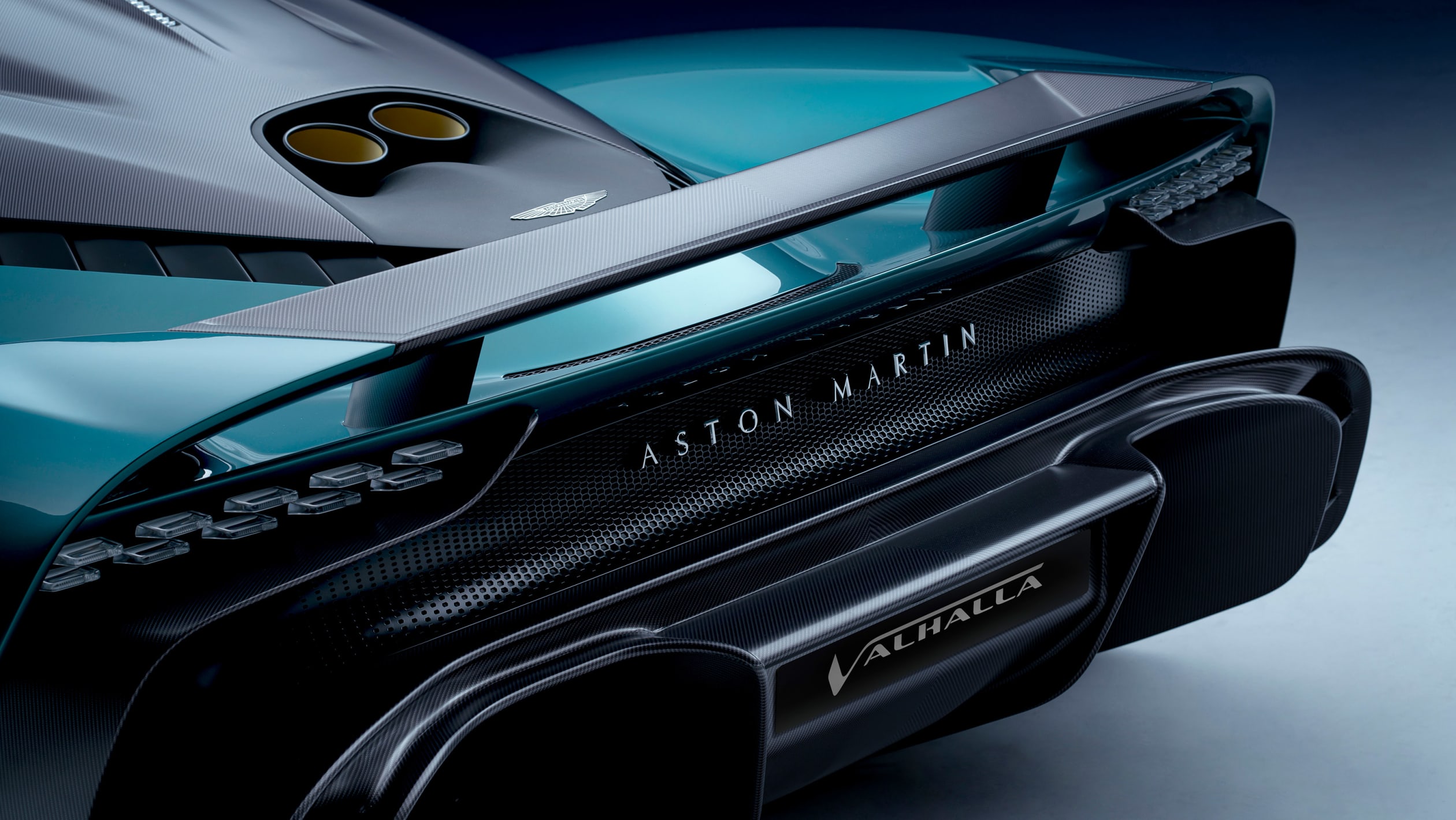




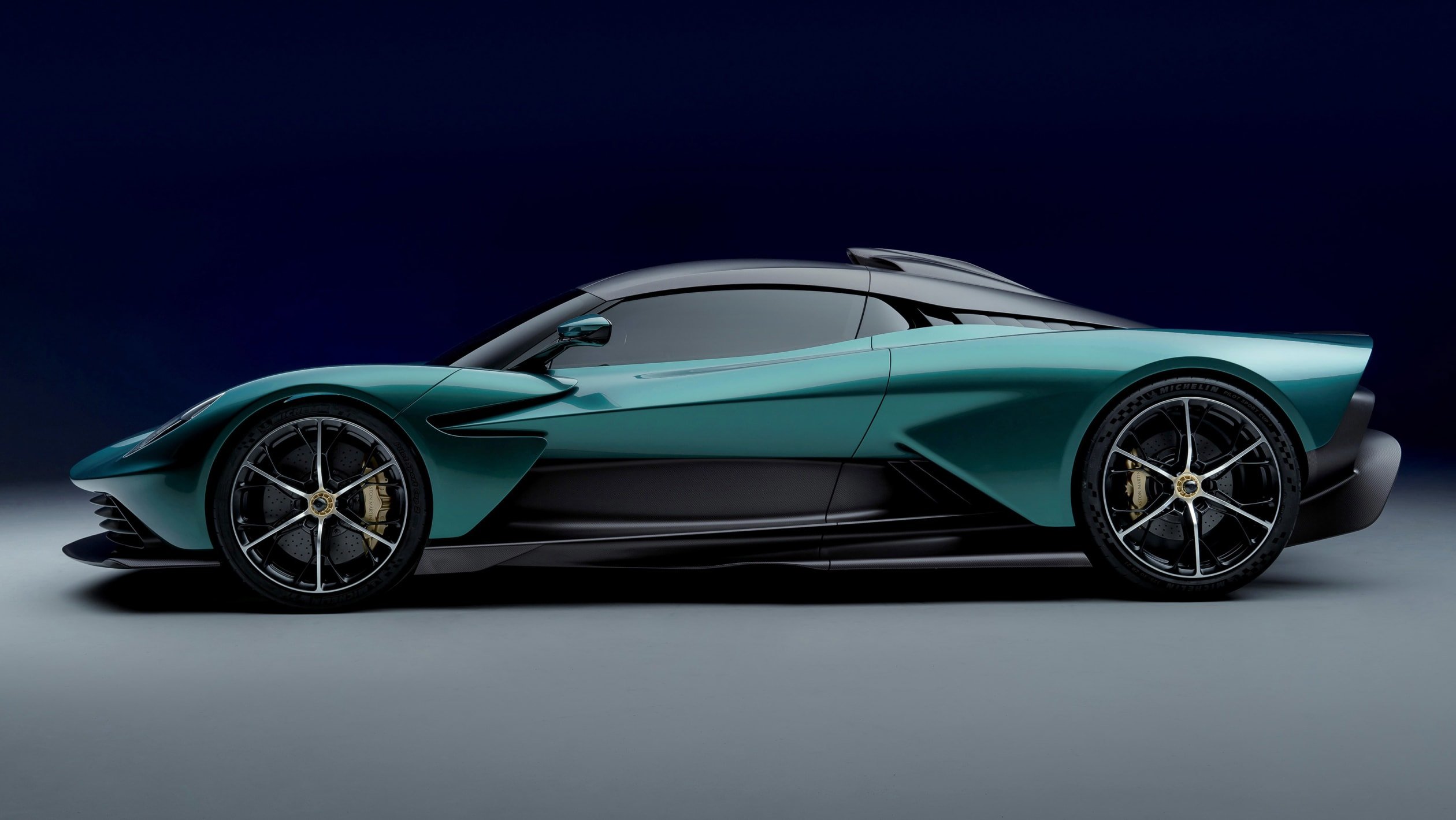 Aston Martin Valhalla: chassis, aerodynamics and design
Aston Martin Valhalla: chassis, aerodynamics and design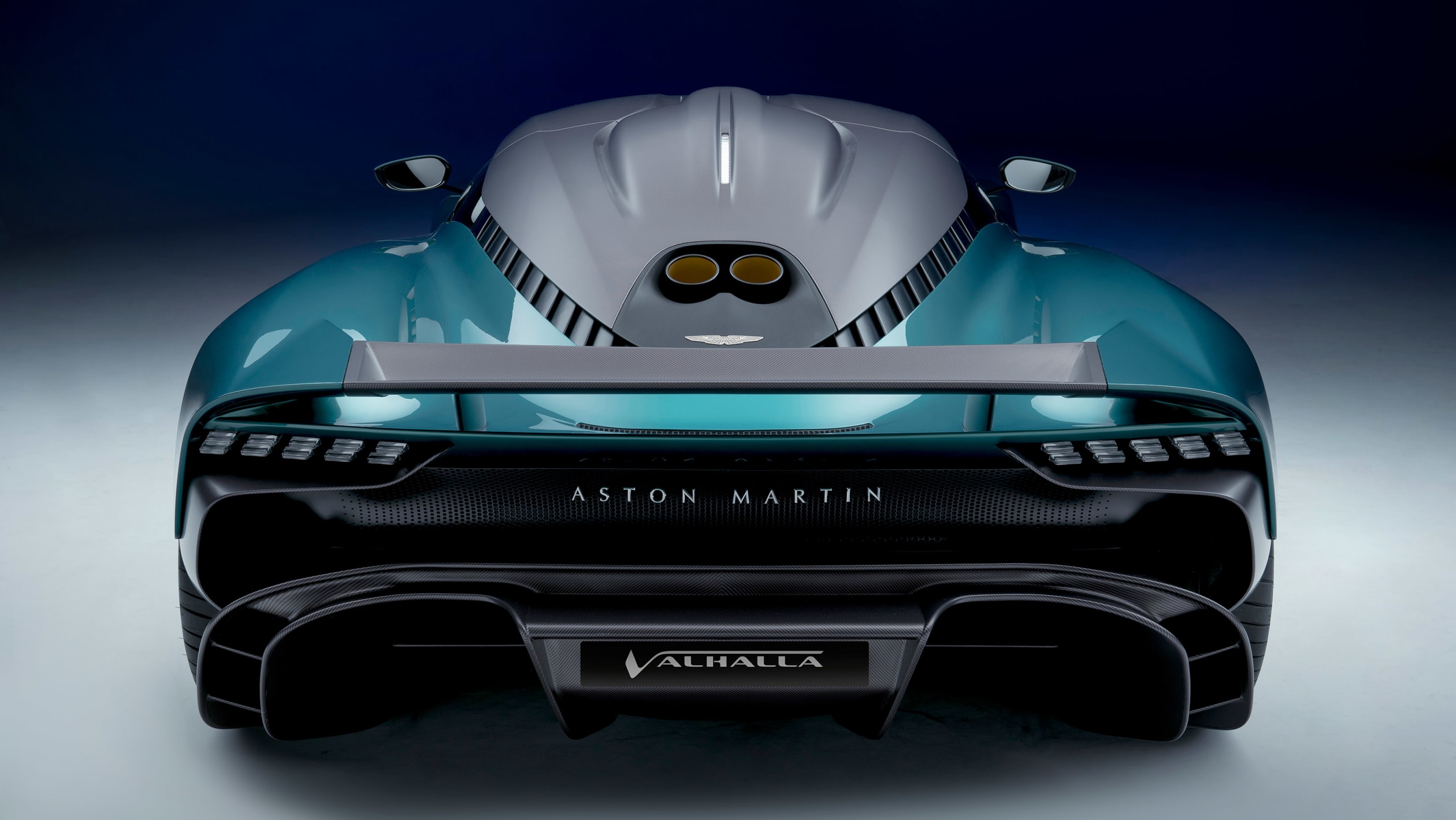 Aston Martin Valhalla: interior and technology
Aston Martin Valhalla: interior and technology